“Quint”essential Equipment – Part 2
Welcome back to the final part of our discussion on the quint. In Part 1 we discussed the background of the quint and some of the thoughts a department must examine when purchasing this piece of equipment. In Part 2 we will wrap everything up by discussing the compartments and equipment on a quint and how it be can be suited for your applications.
The Compartments and Equipment
Let’s have a look inside and see how much equipment this rig carries and where it has been placed. As previously mentioned the rig carries as much hose as one of our standard engines.
It includes two 200 foot 1 ¾” pre-connects, 300 feet of 1 ¾” over 300 feet of 2 ½” for long stretches, 600 feet of 2 ½” as well as 800 feet of 5” supply line. There are also two 1 ¾” trash lines in the front bumper that are 100 feet each. They can easily be combined to offer a third 200 foot 1 ¾” line if needed.
It is also set up with the truck company in mind. The picture above shows the officers side of the rig where the can man, irons man and officer would exit. The irons are mounted for easy access to the back of the cab. The 2 ½ gallon extinguisher is in the well and the 6 foot hook is mounted transversely in a tube just to the right of the 2 ½” line.
Having the tools mounted in such a fashion affords the inside team easy access without having to open any cabinets and the members can grab all of their tools quickly while performing their initial size-up.
If upon initial size-up the forcible entry team feels additional tools are necessary they are also in close proximity. There is no need to walk around the rig. The image above depicts the forcible entry cabinets which contains a forcible entry saw as well as a hydra-ram, duck-bill lock breaker, bam- bam tool, bolt cutters, “heavy irons” and through the lock tools.
The rear cabinet on the officers side is utilized by the can man if needed. It contains a foam can as well as a dry chemical extinguisher should that member feel something other than a standard water can is warranted. There is also some scene lighting (the truck carries a 10 kw onboard hydraulic generator) and ventilation fan.
The rear of the rig contains over 100 feet of ground ladders, 800 feet of large diameter hose as well as a 200 foot electric line. Inside that cabinet are also various gates and elbows if the rear intake is needed. The intake is pre-piped direct to the ladder.
The rear cabinet on the chauffeur’s side contains foam, connections for a foam operation as well as a complete BLS medical kit and AED.
The next two cabinets contain four 200 foot 2 ½” folded lengths and nozzle for standpipe operations as well as the standpipe kit. There are also various hand tools, speedy-dry, flares and salvage covers.
The outside vent and roof position would exit this side of the apparatus. Inside this cabinet there is three saws, two for ventilation and a standard chain saw.
The FAST (RIT) pack is also in this cabinet. Mounted just above out of view is a stokes basket for FAST response as well.
The chauffeur also has anything he may need in easy reach such as gates, wyes, adaptors and twenty-five foot lengths of 5” as well as 3” hose. Since SOP’s dictate the chauffeur may operate as part of the outside team assisting the OV and roof positions if operating as a truck this cabinet also contains an SCBA as well as a set of irons if needed.
The OV and roof positions tools are mounted for easy access as well. You can see two six-foot hooks once again mounted transversely in tubes as well as each members halligan tools mounted to grab quickly without the need for opening cabinets.
This rig has seen more than its fair share of work and has performed flawlessly exactly as intended every time. As you can see it is set-up to do one thing, fight fire. There are no fancy add-ons so commonly seen on today’s apparatus.
If your department is looking into the future and has a quint in mind keep the features of this rig in mind for reference. If you have any questions or would like to discuss this rig further please do not hesitate to contact me. I would be happy to assist.
Part 2 of 2
Cover Photo Courtesy: Steve Silverman

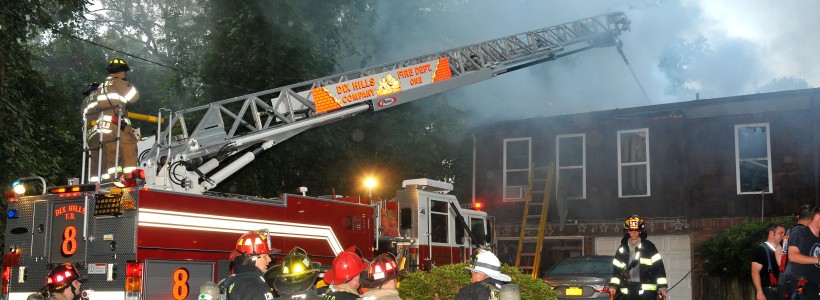
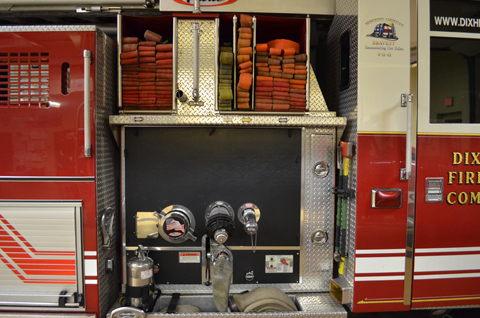
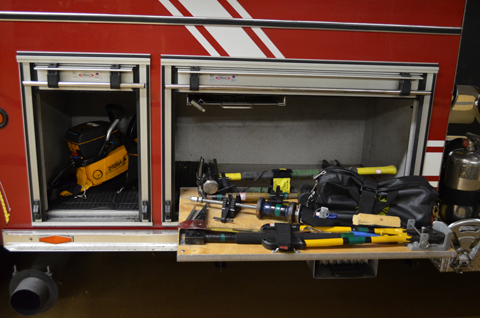

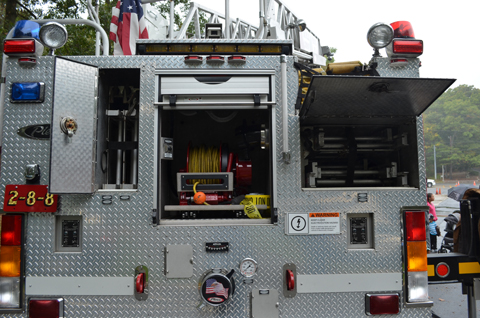

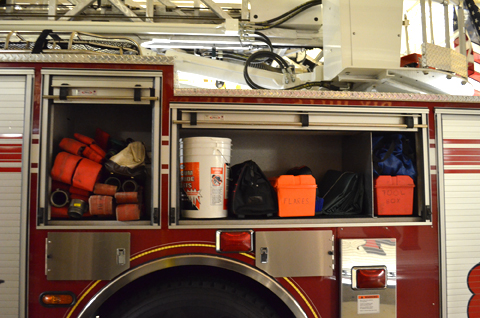
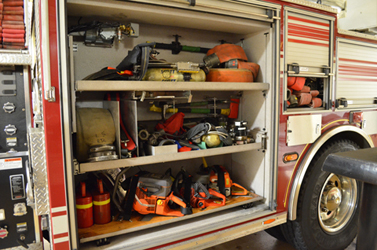
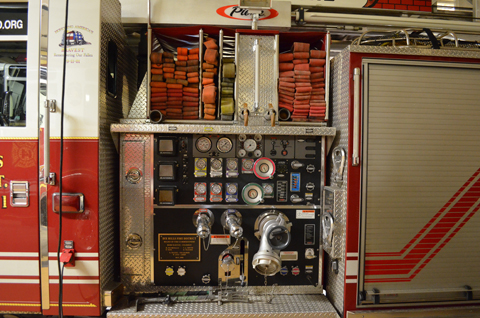
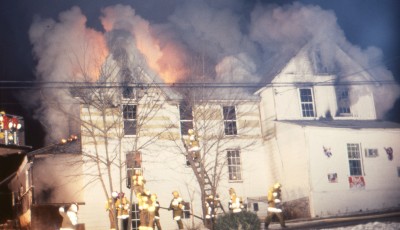
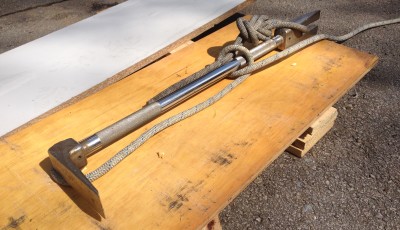
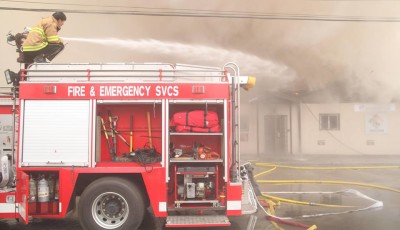
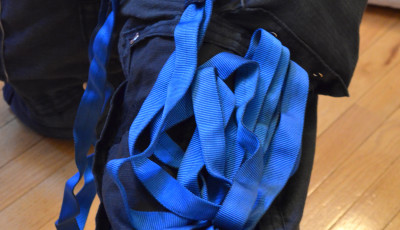
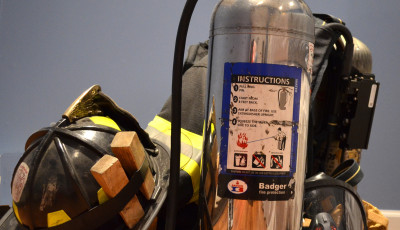
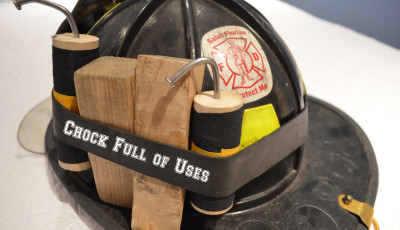
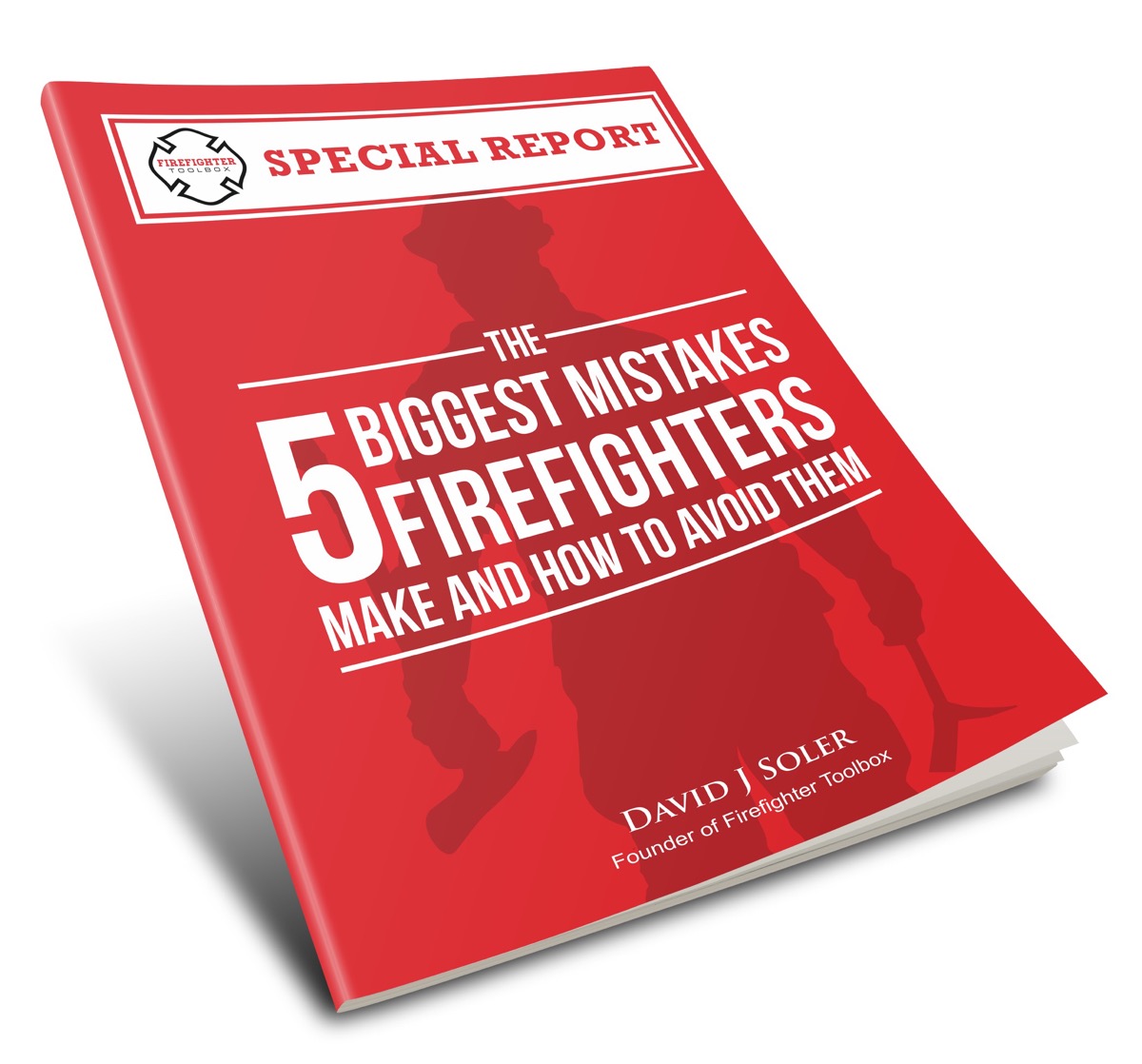
What are your thoughts on mid-mount vs. rear mount quints? We have 2 mid-mount Sutphens. Not really happy with the compartment set up on the one I am assigned to. What are some options or ideas you have seen used before?
We have operated a Quint for the last 8 1/2 years. It was first forte into have a ladder truck. Our Quint is set up very similar to the Quint in this article, right down to the hose, numbers, sizes and lengths. On our Quint there are 2 major differences. The RIC or Fast equipment is kept on another Engine that we use for that. The second item is Foam. We do not carry foam. That is found on our Engines, one of which is setup with a dedicated foam line and other equipment for MVA’s. We have found operating our Ladder as a Quint, and being the First Due vehicle for all calls except Wildfire and MVA’s has worked very well for us.